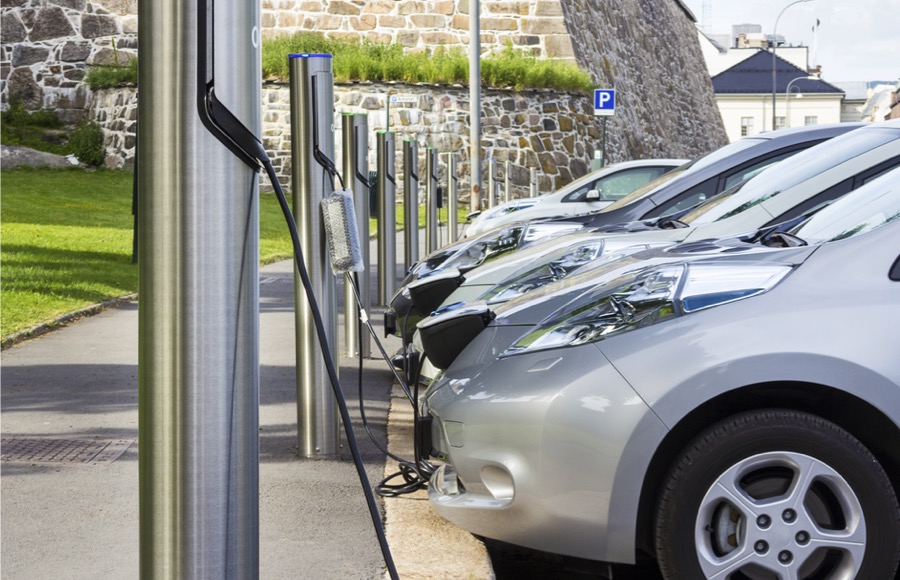INFOGRAPHIC: Ranking the world’s largest energy sources

Every day, humans consume roughly 63,300,000 megawatt-hours (MWh) of electricity to power our homes, workplaces, and vehicles─about the same produced by over 5,700 Hoover Dams.
While present-day electricity generation is slanted heavily in favor of coal and gas on a global basis, renewable sources have started to gain ground.
Today’s graphic from Information is Beautiful lists the world’s largest energy sources and their energy outputs. These power plants are ranked using the daily megawatt-hour (MWh), the amount of energy a power source generates in a day.
Relying on renewables
Located in the United Kingdom, Drax Power Station is the world’s largest biomass plant, powered chiefly by burning wood. Originally a coal-fired plant, Drax is expected to fully phase out coal by the year 2025.
Meanwhile, Tengger Desert Solar Park in China was the biggest solar operation until 2018, but it has since been displaced by the Shakti Sthala plant in India. The latter uses only solar panels─no mirrors─to generate energy from the sun.
Overall, solar photovoltaics have experienced the highest growth of all energy source segments, showing 31% annual growth─nearly triple the rate of wind power according to the International Energy Association (IEA).
Untapped potential?
Currently, 27% of the world’s power comes from renewable energy sources such as solar, wind, hydro, biomass, and other similar resources.
However, according to back-of-the-envelope calculations, the potential for renewables is far beyond existing generation capacity. In fact, humans are just using 0.81% of solar’s potential generation capacity, and 0.57% of the potential from wind.
| Wind | Solar | Hydro | Geothermal | |
|---|---|---|---|---|
| Potential Energy Generation Capacity | 480,000,000 MWh | 401,850,000 MWh | 86,400,000 MWh | 48,767,123 MWh |
| Energy Generated (Current) | 3,884,983 MWh | 2,304,000 MWh | 11,465,753 MWh | 201,761 MWh |
| % of Potential Used | 0.81% | 0.57% | 13.3% | 0.41% |
Non-renewable energy sources
Nuclear power plants have perhaps the strongest stigma against them─largely due to international disasters such as Chernobyl and Fukushima.
However, nuclear power plants are still the most efficient energy sources, sitting at over 90%average capacity.
The largest nuclear plant (by MW) in the world, Kashiwazaki-Kariwa, is currently shut down due to damage from a 2007 earthquake, and awaiting confirmation to restart operations. As a result, the Bruce Nuclear Generating Station in Canada now holds the title of the largest operating reactor in the world. The plant currently generates about 30% of Ontario’s power.
In 2018, coal is still being used to generate roughly 38% of the world’s total electricity, followed by natural gas with a 23% share.
The future of energy potential
Fittingly, the graphic also shows daily energy outputs for Google and Bitcoin usage. This data helps remind us that our online activity also consumes energy─something that will be top of mind as technology continues to advance and humans need to use more energy through our internet-enabled devices.
Understanding humanity’s need for energy is a daunting endeavor, but it’s critical to ensuring our planet has a sustainable source of energy for generations to come.
(By Ashley Viens)
{{ commodity.name }}
{{ post.title }}
{{ post.date }}




Comments